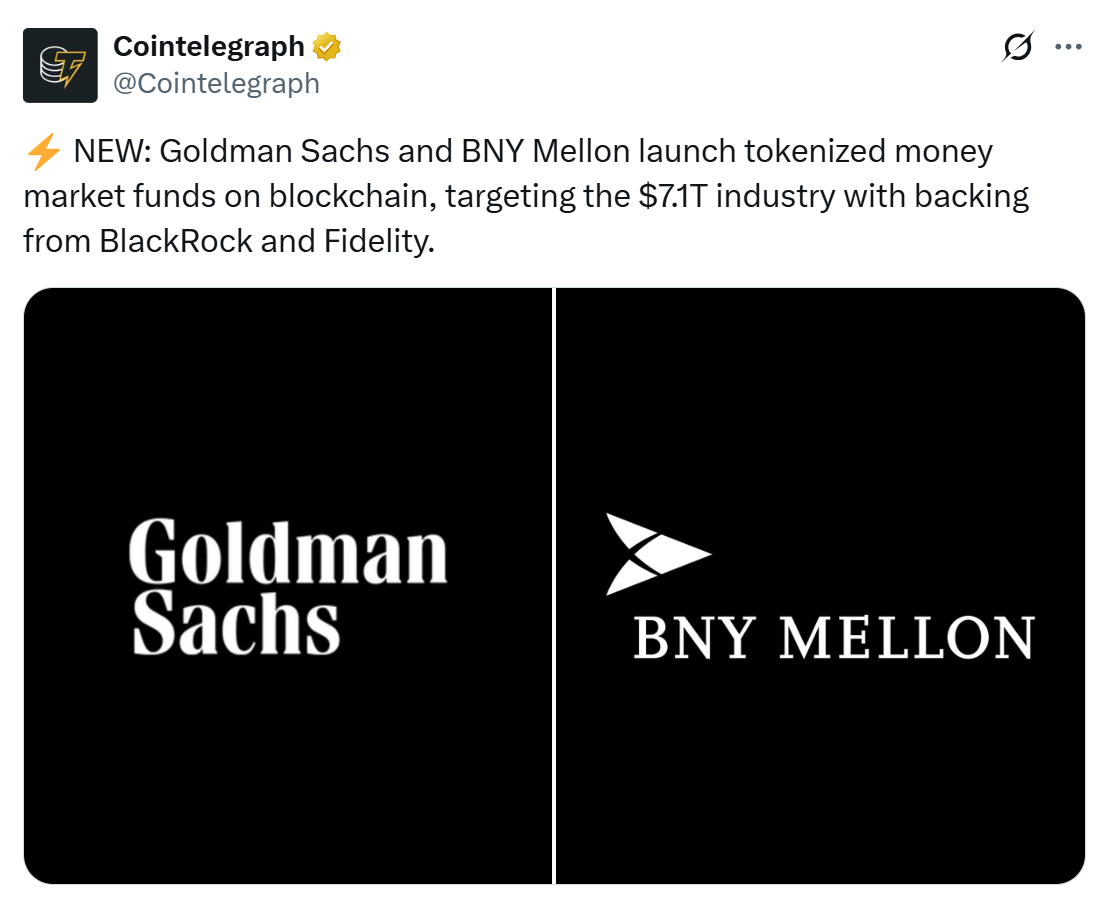The GENIUS Act establishes a clear U.S. federal framework for stablecoins by prioritizing payment-focused utility over yield-bearing models, aligning with global regulations and fostering real-world adoption.
-
GENIUS Act separates interest-bearing stablecoins from payment stablecoins to enhance regulatory clarity.
-
Major companies like Mastercard and PayPal are preparing for compliant stablecoin integration in payments and settlements.
-
Polygon reports a 67% increase in micropayment volume, signaling growing demand for payment-centric stablecoins.
GENIUS Act drives U.S. stablecoin regulation toward global standards, emphasizing payment utility and boosting adoption. Discover how this impacts the crypto landscape today.
How Does the GENIUS Act Transform Stablecoin Regulation in the U.S.?
The GENIUS Act creates a federal framework that distinctly separates payment stablecoins from yield-bearing ones, focusing on utility rather than investment returns. This approach aligns U.S. regulations closer to the EU’s MiCA standards, fostering global regulatory harmony. By clarifying stablecoin categories, the Act encourages innovation in payment solutions and cross-border commerce.
What Impact Does the Shift from Yield to Utility Have on Stablecoin Issuers?
Stablecoin issuers are pivoting toward features like real-time settlement, low transaction costs, and programmability to integrate with payment and trading systems. According to industry experts, this utility-first focus is driving adoption by addressing actual market needs, such as cross-border transfers and everyday commerce. Companies like PayPal and Stripe are early adopters signaling a broader trend.
Why Is Retail Adoption Crucial for Stablecoin Growth?
Retail consumer adoption remains the key driver for stablecoin integration into mainstream finance. User-friendly platforms and scalable infrastructure are essential to accelerate this process. Polygon Labs highlights a 190% growth in small payment volumes, demonstrating rising retail and B2B engagement. Enterprises with millions of wallets are poised to leverage stablecoins for efficient cross-border payments.
How Are Tokenized Money Market Funds Positioned in the Current Landscape?
Tokenized money market funds offer a stable value and daily liquidity with yields of 4–5% backed by U.S. Treasuries, making them suitable for investors seeking returns without conflating investment and utility functions. This distinction supports the GENIUS Act’s regulatory separation and encourages innovation in both payment and investment products.

Goldman Sachs and BNY launch tokenized money market funds. Source: Cointelegraph
What Are the Broader Implications for DeFi and Stablecoin Use Cases?
DeFi protocols stand to benefit significantly from the regulatory clarity provided by the GENIUS Act. Stablecoins anchor substantial on-chain activity, and clearer rules will enable the development of unique use cases beyond synthetic yields and governance tokens. This regulatory certainty is expected to stimulate demand and innovation in decentralized finance.
How Does the GENIUS Act Align with Global Regulatory Trends?
The Act’s clear distinction between payment and yield-bearing stablecoins mirrors the EU’s MiCA framework, pushing the U.S. closer to a global consensus. This alignment facilitates cross-border cooperation and standardization, essential for the stablecoin ecosystem’s growth and mainstream acceptance.
Frequently Asked Questions
How will the GENIUS Act influence stablecoin innovation?
The Act provides regulatory clarity that encourages issuers to develop innovative payment solutions and applications, fostering growth in real-world stablecoin use cases.
What role does retail adoption play in stablecoin success?
Retail adoption is crucial as user-friendly platforms and scalable infrastructure enable widespread use, driving stablecoin integration into everyday financial activities.
Key Takeaways
- GENIUS Act clarifies stablecoin categories: Separates payment stablecoins from yield-bearing ones to reduce regulatory ambiguity.
- Utility drives adoption: Payment-focused features like low fees and programmability are prioritized over returns.
- Retail adoption is essential: User-friendly platforms and scalable networks will accelerate stablecoin integration.
Conclusion
The GENIUS Act marks a pivotal step in U.S. stablecoin regulation by aligning with global standards and emphasizing payment utility. This clarity fosters innovation, supports retail adoption, and strengthens the foundation for stablecoins as practical financial tools. As the ecosystem evolves, stakeholders should focus on building scalable, user-centric solutions to fully realize stablecoins’ potential.
